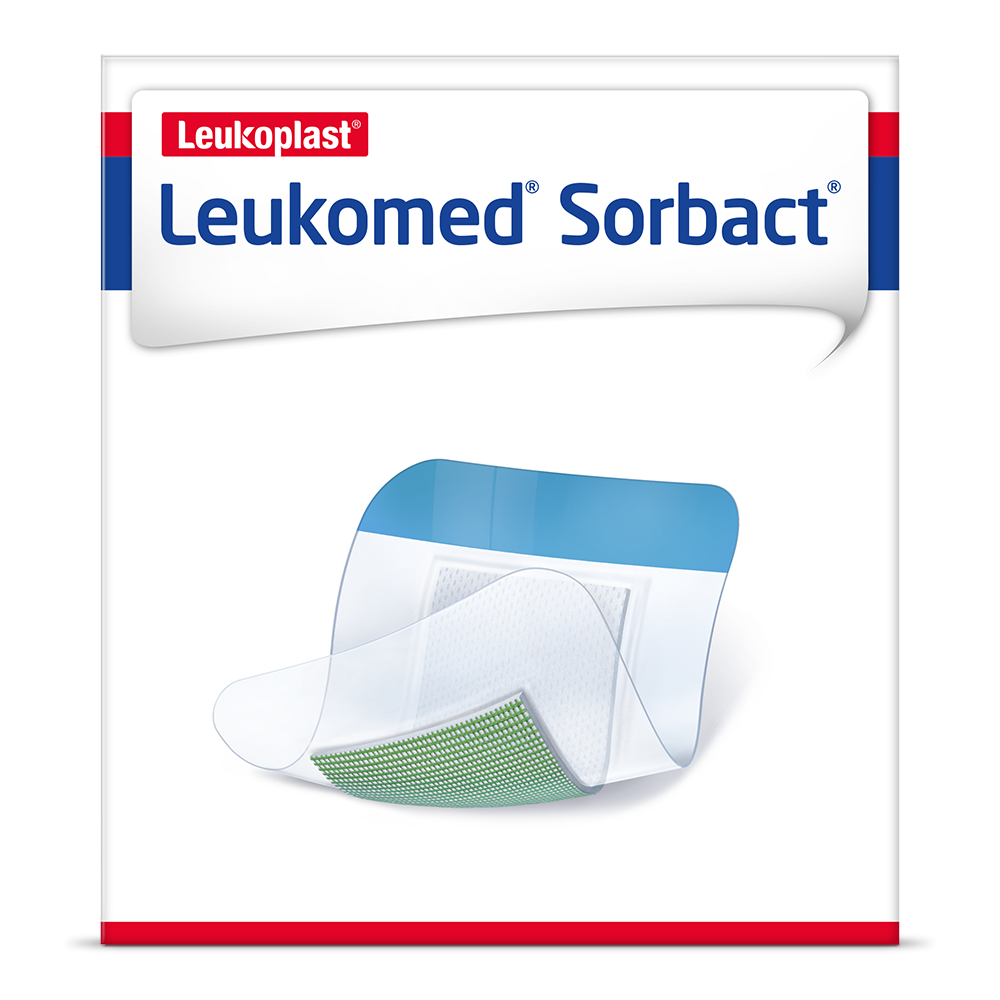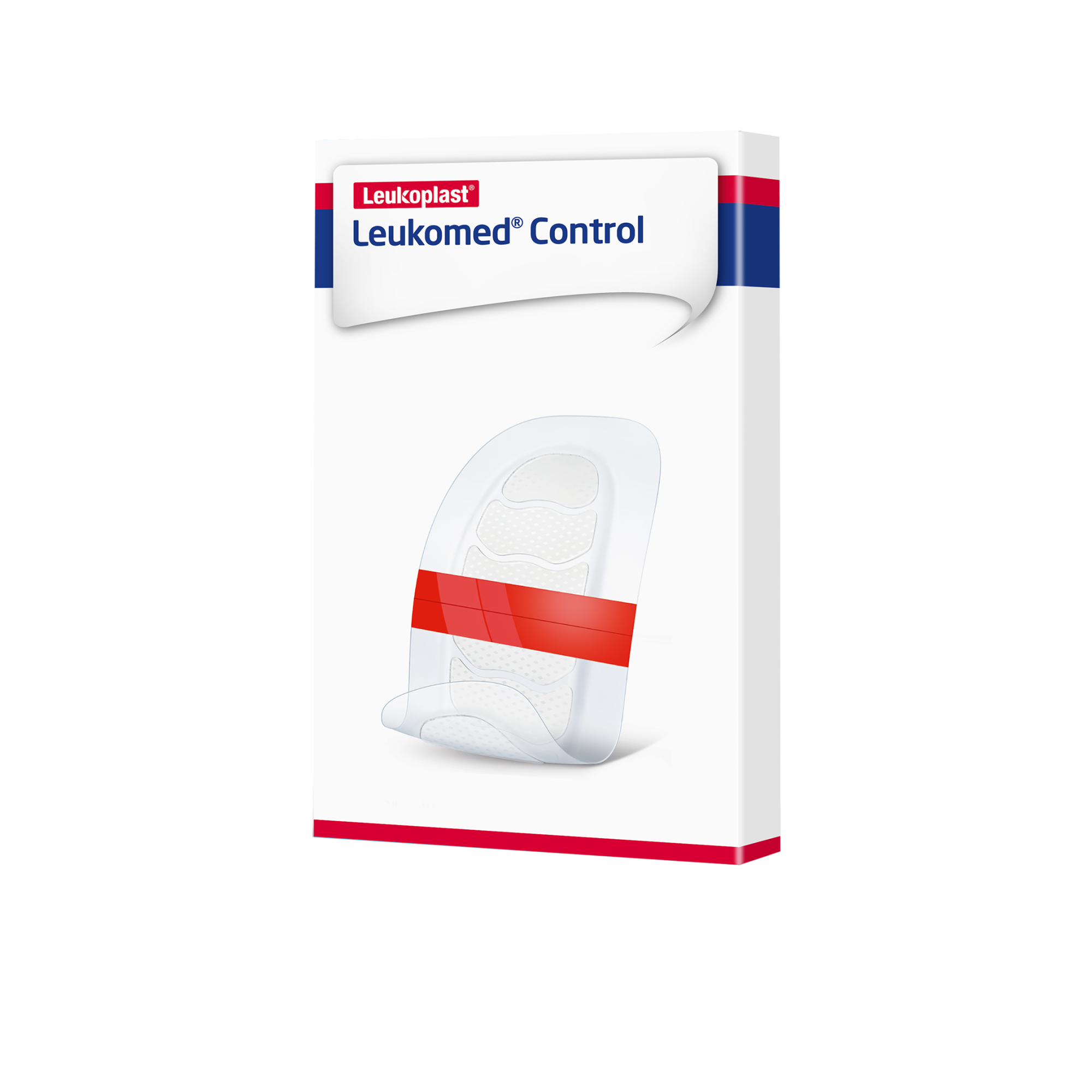Caring for surgical wounds
At the end of the operation, the margins of the incision are joined together so that the wound may heal. Follow the treatment steps below:
“Clean the wound under drinking-quality running tap water.
Note: avoid using antiseptic as it may damage the skin and slow healing. Use sterile saline for wound cleansing up to 48 hours after surgery.” 1
Pat the area dry with a clean towel.
Note: while drying the wound monitor the wound for any signs of infection, such as increased warmth and redness, swelling, increased pain and tenderness, purulent discharge, or unpleasant odor.
Apply a sterile adhesive dressing, such as one of the specialized wound dressings below.
The dressing can be changed daily if necessary or whenever it becomes wet or dirty.
A visit to the doctor is necessary if
If a wound becomes infected, it may
If you notice an elevated body temperature (above 37.5 °C) or see any of the signs mentioned, please contact your health care practitioner! 2
Many common wounds can be dealt with at home. But when should a doctor be consulted? Scroll down for more information!

Bacteria- and fungi-binding surgical dressing ideal for postoperative care.

Transparent, air permeable sterile dressing for dry and low-exuding wounds.